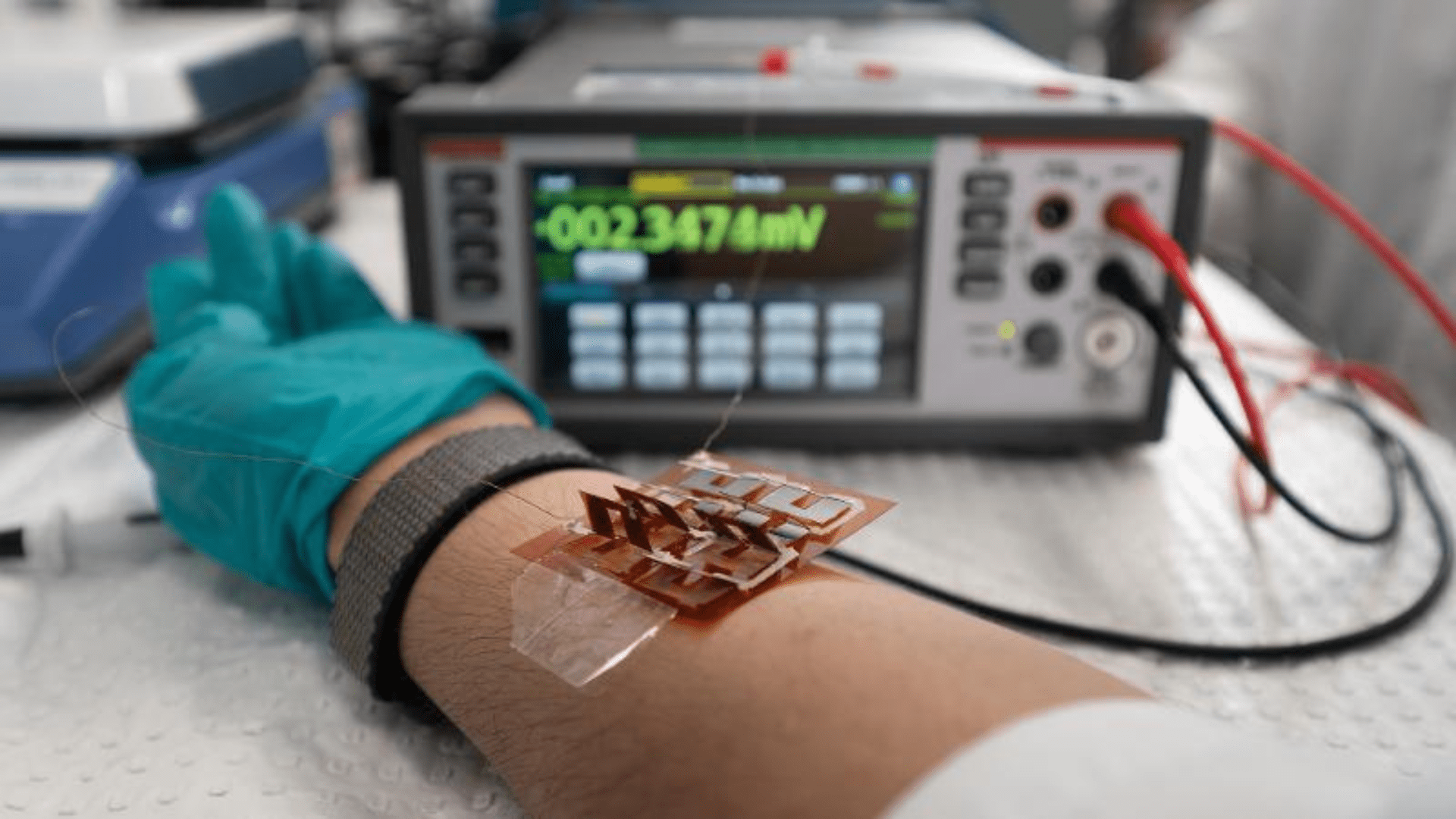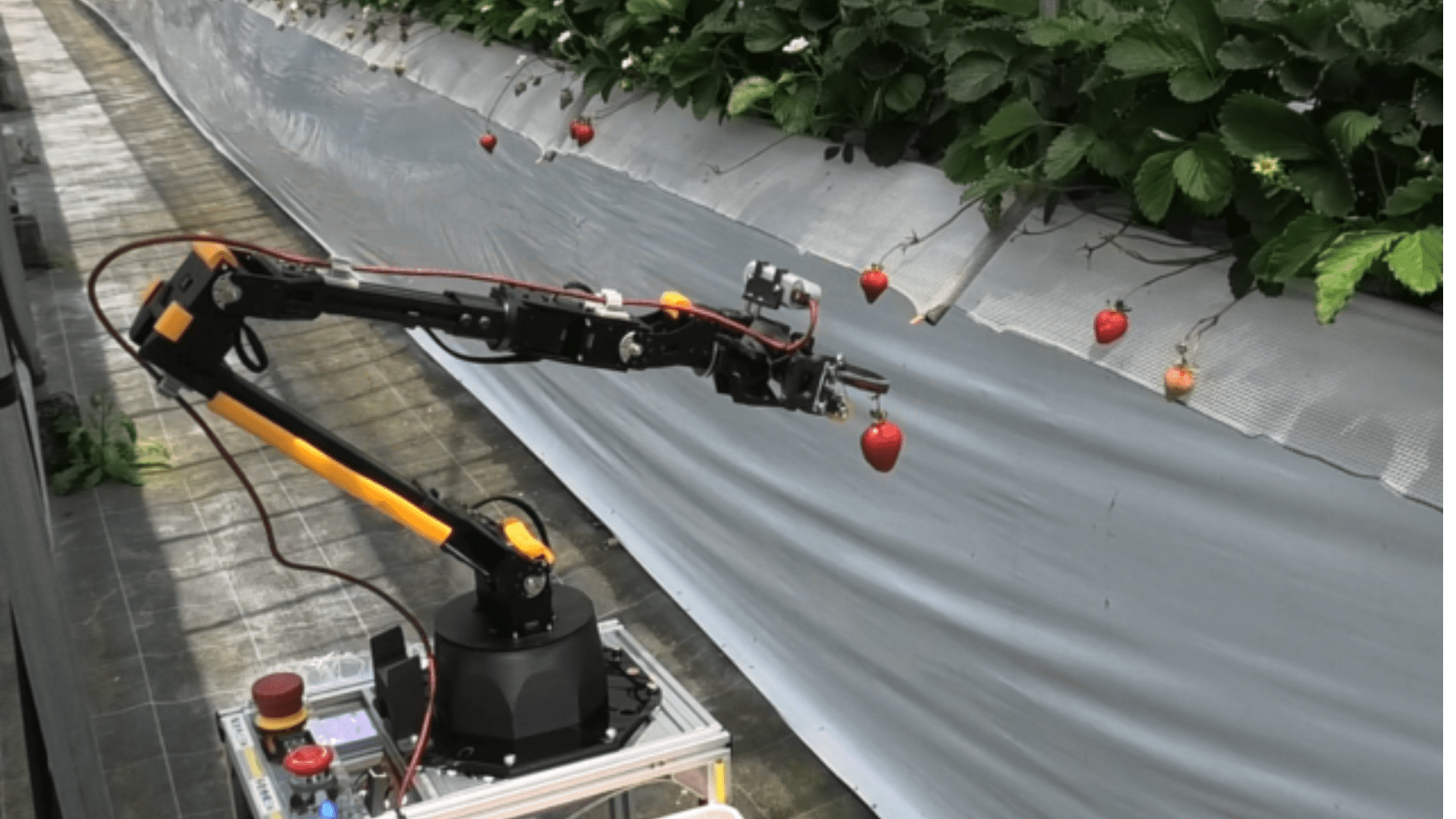Researchers from the Queensland University of Technology (QUT) have developed an ultra-thin, flexible film that could generate electricity from body heat. The film could power next-generation wearable technology, eliminating the need for batteries.
Sustainable Energy Source

Additionally, the technology could cool electronic chips, making computers or smartphones run more efficiently. Professor Zhi-Gang Chen and his team published their findings in the journal Science. The researchers said they tackled a major challenge in creating flexible thermoelectric devices that converted body heat into power.
Their approach offers a potential sustainable energy source for wearable technology and a cooling method for chips.
“Flexible thermoelectric devices can be worn comfortably on the skin where they effectively turn the temperature difference between the human body and surrounding air into electricity,” Professor Chen said. “They could also be applied in a tight space, such as inside a computer or mobile phone, to help cool chips and improve performance.”
Chen says there are many potential applications, including personal thermal management, where body heat powers an HVAC system. “However,” he said, “challenges like limited flexibility, complex manufacturing, high costs, and insufficient performance have hindered these devices from reaching commercial scale.”
Cost-Effective Technology
Most research in this area has focused on bismuth telluride-based thermoelectrics, which are valued for their high properties. The high properties convert heat into electricity, which makes it ideal for low-power applications like heart rate, temperature, or movement monitors.
The researchers introduced a cost-effective technology for making flexible thermoelectric films in this study. They used tiny crystals called “nanobinders” that form a consistent layer of bismuth telluride sheets, boosting efficiency and flexibility.
“We created a printable A4-sized film with record-high thermoelectric performance, exceptional flexibility, scalability, and low cost, making it one of the best flexible thermoelectrics available,” Professor Chen said. Mr. Wenyi Chen, the study’s first author, said their technique with other potentially cheaper and sustainable systems.
He said, “This flexibility in materials shows the wide-ranging possibilities our approach offers for advancing flexible thermoelectric technology.”







